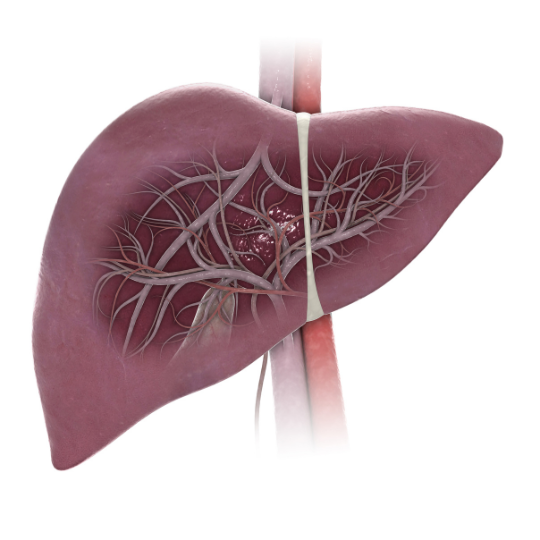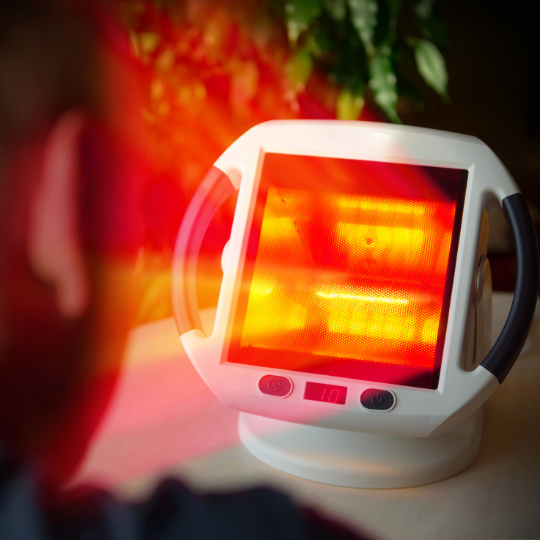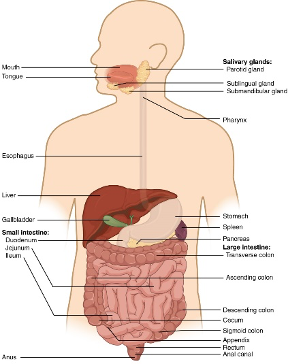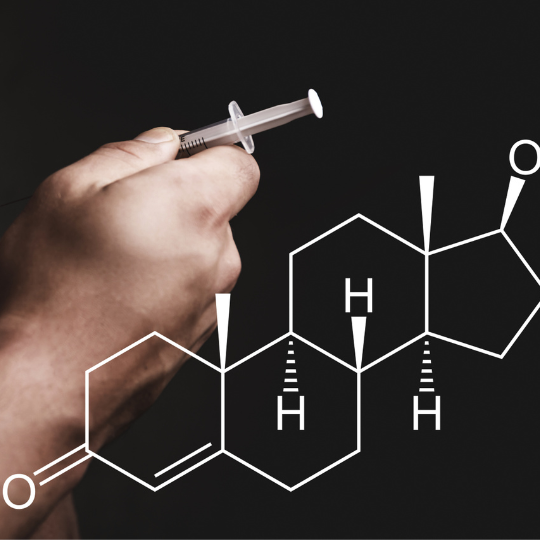Phase 1: Where Detoxification starts
One of the many physiological processes the liver plays in the human body is that of detoxification. And the primary way the liver does that is through a process known as phase 1 liver detox, which involves the activation and modification of harmful substances through a series of enzyme-mediated reactions.

Phase 1 liver detox involves the use of a group of enzymes known as cytochrome P450, or CYP P450, enzymes, which are responsible for the oxidation, reduction, hydrolysis, hydration, and dehalogenation of various compounds. These reactions serve to transform harmful substances into more water-soluble and less toxic compounds, which can then be eliminated from the body through the urine or feces:
- oxidation involves the addition of an oxygen atom to the compound, which can render it more water-soluble and easier to excrete from the body
- reduction reactions, on the other hand, involve the removal of an oxygen atom from a compound, which can make it more lipid-soluble and potentially more toxic
- hydrolysis reactions involve the cleavage of bonds within a compound through the addition of water molecules
- conversely, hydration reactions involve the addition of water molecules to a compound, usually without any cleavage of chemical bonds
- finally, dehalogenation reactions involve the removal of a halogen atom, such as chlorine or bromine, from a compound. These reactions are important for the detoxification of halogenated compounds, which can be harmful to the body if they accumulate.
When CYPs go array: Waste Management

There is a host of genetic predispositions, or single nucleotide polymorphisms (SNPs), that can affect phase 1 liver detox and the activity of cytochrome P450 enzymes. Some people may have variations in the genes that encode these enzymes, which can lead to reduced or increased enzyme activity. Some examples include:
- SNPs in rs762551, which determine the speed of caffeine metabolism. Slow metabolizers may benefit from caffeine abstinence due to the risk of elevated blood pressure in response to consumption
- SNP combinations for the CYP2D6 and CYP2C19 genes can be used to segment subjects into metabolism speeds of various anti-depressant drugs. Based on this segmentation, potential treatment options need to be considered
- SNPs in the CYP2E1 gene, especially in the rs2031920 SNP, related to alcohol metabolism and its impact on liver toxicity
To mitigate all these, a gene-customized lifestyle needs to be considered primarily, in which healthy practices are performed, while specific ones are avoided, depending on the case. In addition, certain supplements, such as milk thistle and N-acetyl cysteine (NAC), may help to support liver health and detoxification. Milk thistle contains silymarin, a compound that has been shown to have liver-protective effects, while NAC is a precursor to the antioxidant glutathione, which is important for detoxification.
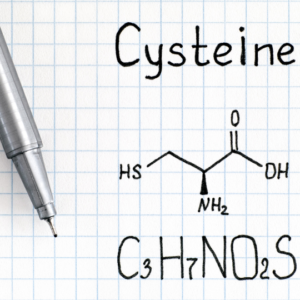
And as a last resort, choosing the adequate medication is also something that needs to be individualized, so that unwanted side effects are avoided. It is important to note that while lifestyle and nutrition choices can potentially support liver detoxification, they should not be used as a replacement for proper medical care.
In conclusion, you may want to start investigating the long list of CYP P450 enzymes and how they are functioning. We look at the impact of more than 60 of these on your detox capacity in our genetic and metabolic optimization approach. Get in touch and we’ll help you manage the toxin load modern society has likely burdened you with.

